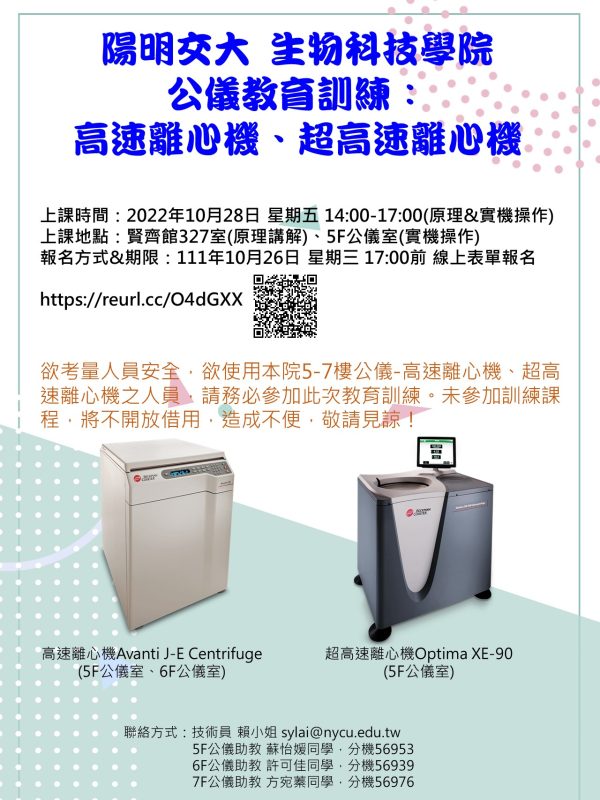報名網址:

趙瑞益教授研究團隊發表研究成果於 Biochemical Pharmacology
連結網址:https://www.sciencedirect.com/science/article/pii/S0006295222003835
Abstract
Colorectal cancer (CRC) is a leading cause and mortality worldwide. Aurora A and haspin kinases act pivotal roles in mitotic progression. However, the blockage of Aurora A and Haspin for CRC therapy is still unclear. Here we show that the Haspin and p-H3T3 protein levels were highly expressed in CRC tumor tissues of clinical patients. Overexpression of Haspin increased the protein levels of p-H3T3 and survivin in human CRC cells; conversely, the protein levels of p-H3T3 and survivin were decreased by the Haspin gene knockdown. Moreover, the gene knockdown of Aurora A induced abnormal chromosome segregation, mitotic catastrophe, and cell growth inhibition. Combined targeted by co-treatment of CHR6494, a Haspin inhibitor, and MLN8237, an Aurora A inhibitor, enhanced apoptosis and CRC tumor inhibition. MLN8237 and CHR6494 induced abnormal chromosome segregation and mitotic catastrophe. Meanwhile, MLN8237 and CHR6494 inhibited survivin protein levels but conversely induced p53 protein expression. Ectopic survivin expression by transfection with a survivin-expressed vector resisted the cell death in the MLN8237- and CHR6494-treated cells. In contrast, the existence of functional p53 increased the apoptotic levels by treatment with MLN8237 and CHR6494. Co-treatment of CHR6494 and MLN8237 enhanced the blockage of human CRC xenograft tumors in nude mice. Taken together, co-inhibition of Aurora A and Haspin enhances survivin inhibition, p53 pathway induction, mitotic catastrophe, apoptosis and tumor inhibition that may provide a potential strategy for CRC therapy.
蘭宜錚副教授研究團隊發表研究成果於 Bioresource Technology
連結網址:https://pubmed.ncbi.nlm.nih.gov/36252759/
Engineering photoautotrophic microorganisms to directly convert carbon dioxide into platform chemicals is an attractive approach for chemical sustainability and carbon mitigation. Here, an engineered cyanobacterium Synechococcus elongatus PCC 7942 was developed to produce succinic acid directly from ambient carbon dioxide. Inhibition of succinate dehydrogenase and glycogen synthase by CRIPSR interference increased carbon flux towards succinic acid. Dual inhibition of these two genes led to an 82% increase in titer. The resulting strain produced 4.8 g/L of succinic acid in a 28-days cultivation. However, cells after the 28-days cultivation became non-viable and cannot continue production. This issue was addressed by re-inoculation with fresh cells into the production medium. This strategy enabled continuous succinic acid accumulation, reaching a final titer of 8.9 g/L. This study provides a sustainable route to succinic acid directly from carbon dioxide and a potential method to overcome the low titer limitation of cyanobacterial-based bioproduction for practical applications.
一、因應研究所一階段學雜費收費之一貫修讀學碩士招生說明
(一)為整合兩校區學雜費收費方式,並鼓勵學生跨領域學習及簡化繳費流程,本校交大校區111學年度(含)以後研究生(不含碩士在職專班及企業管理碩士學位學程)學雜費收費方式調整為定額一階段收費。
(二)依111學年度學雜費收費基準,交大校區111學年度(含)以後入學之研究所新生(包含甄試入學、考試入學、先申請一貫修讀學碩士資格後參加碩士班甄試取得入學資格者、學士班學生申請逕行修讀博士學位者)之收費方式均係採定額一階段收費(收費方式為前2年統一收學雜費合計;第3年起改收取學雜費基數至畢業為止,若有修讀教育學程、音樂個別指導課程者另繳交費用),爰同學於大學部修讀研究所之課程可依就讀系所規定申請成績抵免,但無法減少繳納學雜費。
(三)因應交大校區研究所學雜費收費新制,請各系所協助檢視網頁或各項公告內容,若有申請一貫修讀學碩士可減少繳納學雜費的類似說明,敬請協助刪除,以免造成同學誤解。
二、學生申請休學累計以二學年為原則,至多再延長二學年為限
(一)依本校學則第十五條學生休學規定,學生休學得以學期或學年為單位申請休學。休學累計以二學年為原則。期滿因重病或特殊事故,檢具相關證明文件,經專案簽請教務長核准後,酌予延長休業期限,至多以二學年為限。
(二)另休學期間應徵服役者,服役期間不計入休學期限。因懷孕、分娩或撫育三歲以下子女申請休學者,休學期間不計入休學期限。
(三)學生申請休學,每學期需在學校行事曆所訂之學期考試前完成休學申請暨離校手續,惟碩、博士班研究生已修滿應修學分或特殊事故經所屬教學單位專案簽請教務長核准者,得在當學期結束前辦理。
(四)請各系所配合上開規定,並協助轉知學生本校學則有關學生休學年限至多四學年及需在學期考試前完成休學申請暨離校手續等相關規定。
2022.10.06教務處註冊一組 敬啟
陳亭妏副教授研究團隊發表研究成果於 Bioinformatics
連結網址:https://academic.oup.com/bioinformatics/article/38/18/4286/6649618
Motivation: Microbiota analyses have important implications for health and science. These analyses make use of 16S/18S rRNA gene sequencing to identify taxa and predict species diversity. However, most available tools for analyzing microbiota data require adept programming skills and in-depth statistical knowledge for proper implementation. While long-read amplicon sequencing can lead to more accurate taxa predictions and is quickly becoming more common, practitioners have no easily accessible tools with which to perform their analyses.
Results: We present MOCHI, a GUI tool for microbiota amplicon sequencing analysis. MOCHI preprocesses sequences, assigns taxonomy, identifies different abundant species and predicts species diversity and function. It takes either taxonomic count table or FASTQ of partial 16S/18S rRNA or full-length 16S rRNA gene as input. It performs analyses in real time and visualizes data in both tabular and graphical formats.
Availability and implementation: MOCHI can be installed to run locally or accessed as a web tool at https://mochi.life.nctu.edu.tw
碩士甄試報名網址: https://reg.nycu.edu.tw/master_apply/
博士班甄試報名網址: https://reg.nycu.edu.tw/doctor_apply/
網路報名時間: 111年10月5日上午9:00開放報名至111年10月11日下午5:00止
頁面擷取自-112碩博甄試簡章